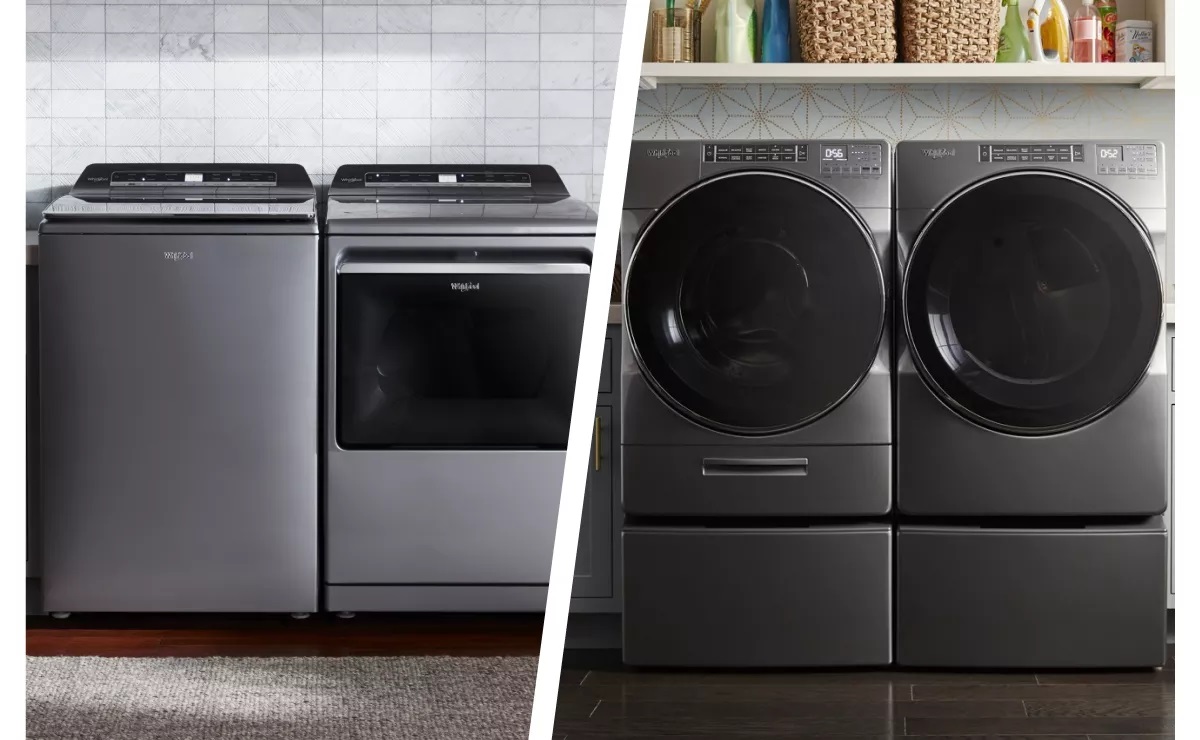

Articles
Which Is Better Top Or Front Load Washer
Modified: February 20, 2024
Looking for articles comparing top load and front load washers? Discover which type of washer is better for your needs and find helpful tips and insights in this informative article.
(Many of the links in this article redirect to a specific reviewed product. Your purchase of these products through affiliate links helps to generate commission for Storables.com, at no extra cost. Learn more)
Introduction
When it comes to buying a new washer, one of the most common dilemmas is choosing between a top load and front load washer. Both options have their own set of advantages and disadvantages, making the decision a bit challenging. In this article, we will take a comprehensive look at the features, pros, and cons of both top load and front load washers to help you make an informed decision.
Top load washers have been a popular choice for many years. They feature a traditional design where clothes are loaded from the top. On the other hand, front load washers have gained popularity in recent years due to their energy efficiency and advanced features. Understanding the differences between these two types of washers will ultimately help you determine which option is best suited for your needs.
Throughout this article, we will delve into the pros and cons of both top load and front load washers, looking at factors such as cleaning performance, ease of use, water and energy consumption, and overall convenience. By examining these aspects, you can confidently decide which type of washer best fits your laundry needs and lifestyle.
So, let’s dive in and explore the features and benefits of both top load and front load washers to help you make the right choice for your laundry routine.
Key Takeaways:
- Top load washers offer convenience, faster cycles, and affordability, making them ideal for those who prioritize ease of use and budget-friendly options.
- Front load washers excel in energy efficiency, superior cleaning performance, and space-saving design, catering to users seeking long-term savings and advanced features.
Overview of Top Load Washers
Top load washers are the traditional style of washing machines that have been around for decades. They are designed with a vertical drum that can be accessed from the top of the machine. Top load washers come in a variety of sizes and capacities to accommodate different laundry loads.
One of the key features of top load washers is their ease of use. With a top load washer, you simply lift the lid, toss in your clothes, add detergent, and select your desired wash cycle. This simplicity appeals to many users, especially those who are accustomed to the traditional laundry process.
These washers also typically have a shorter wash cycle compared to front load washers. This can be beneficial for those who need to quickly wash a load of clothes and don’t want to spend a lot of time waiting for the cycle to finish.
Top load washers are also known for their affordability. They tend to be cheaper than front load washers, making them a suitable option for those on a budget. Additionally, top load washers are available in a wide range of models, including ones with advanced features such as adjustable water levels, multiple wash cycles, and even built-in agitators for superior cleaning performance.
However, it’s important to note that traditional top load washers consume more water and energy compared to front load washers. The design of top load washers requires a larger amount of water to fill the drum, and they also tend to use more detergent. This can lead to higher water and energy bills over time.
Furthermore, top load washers may not be suitable for those with mobility issues. Since the drum is accessed from the top, it can be challenging for some users to reach the clothes at the bottom of the drum. This can be particularly difficult for individuals with back problems or limited mobility.
In the next section, we will explore the pros and cons of top load washers in more detail. Understanding these factors will give you a clearer idea of whether a top load washer is the right choice for your laundry needs.
Pros of Top Load Washers
Top load washers offer several advantages that make them a popular choice for many households. Here are some of the key benefits of top load washers:
- Easy to Load and Unload: With a top load washer, you don’t have to bend down to load or unload your laundry. The drum is accessed from the top, which makes it more convenient for those with mobility issues or back problems.
- Faster Wash Cycles: Top load washers typically have shorter wash cycles compared to front load washers. This can be beneficial if you’re in a hurry and need to quickly wash a load of clothes.
- Wide Range of Models and Features: Top load washers come in various models and sizes, offering plenty of options to choose from. You can find models with different capacities, adjustable water levels, multiple wash cycles, and even built-in agitators for enhanced cleaning performance.
- Affordability: Top load washers are generally more budget-friendly compared to front load washers. If you’re looking for a cost-effective option, a top load washer might be the right choice for you.
- Ability to Add Clothes Mid-Cycle: One advantage of top load washers is the ability to add clothes even after the wash cycle has started. This can be convenient if you accidentally forget to include a garment or if you find an item that needs to be washed last minute.
Overall, top load washers offer a straightforward and convenient laundry experience. They are easy to use, provide faster wash cycles, and come in a wide range of models to fit different needs and budgets. However, it’s important to weigh these advantages against the potential drawbacks of top load washers before making a final decision.
Cons of Top Load Washers
While top load washers have their benefits, they also come with a few drawbacks that you should consider. Here are some of the cons of top load washers:
- Higher Water and Energy Consumption: Top load washers tend to use more water and energy compared to front load washers. The design of top load washers requires a larger amount of water to fill the drum, which can lead to higher water bills. Additionally, they may require more detergent, resulting in increased usage of energy for heating the water.
- Less Water Efficiency: Top load washers typically use a lot of water during their cycles, which may be wasteful if you live in an area with water scarcity or want to reduce your environmental impact. Front load washers, on the other hand, are designed to use less water and are more water-efficient.
- Less Gentle on Clothes: The agitator present in some top load washers may cause more wear and tear on delicate fabrics. The agitator can create a more aggressive washing motion, resulting in potential damage to clothes over time. Front load washers, with their gentle tumbling action, are considered to be more fabric-friendly.
- Limited Capacity for Bulky Items: The design of top load washers may not be ideal for washing large items like comforters or blankets. The vertical drum may restrict the space available for these bulky items, making it challenging to achieve a thorough clean.
- Potential for Odor and Mold: Top load washers are more prone to developing odor or mold if not properly maintained. The seal on the lid or door is less airtight compared to front load washers, allowing moisture to accumulate, leading to mold growth and unpleasant smells.
Considering these potential downsides, it’s important to assess your specific laundry needs and preferences before deciding on a top load washer. If water and energy efficiency, gentler fabric care, or the ability to wash large items are important factors for you, a front load washer may be a better option. However, if simplicity, shorter wash cycles, and affordability are your priorities, a top load washer could be the right choice.
Next, we will explore the features and benefits of front load washers to provide a well-rounded comparison between the two options.
Overview of Front Load Washers
Front load washers are a modern and innovative alternative to top load washers. They have gained popularity in recent years due to their energy efficiency, sleek design, and advanced features. Unlike top load washers, front load washers have a horizontal drum that can be accessed from the front of the machine.
One of the standout features of front load washers is their superior cleaning performance. The tumbling action of the horizontal drum and the ability to use various wash motions, such as spinning or oscillating, ensures a thorough and effective clean for your clothes. The gentle yet powerful cleaning action of front load washers makes them a great choice for delicate fabrics, as they reduce the risk of damage or excessive wear.
Front load washers are also known for their water and energy efficiency. These washers use less water compared to top load washers because they do not require a full drum of water to operate efficiently. The reduced water usage not only helps conserve water but also leads to lower energy consumption since less water needs to be heated.
In addition to energy and water savings, front load washers have advanced features that enhance user convenience. Many models offer a wide range of wash cycles and options, including specialized settings for different types of fabrics or stains. Some front load washers also have additional features like steam cleaning, allergen removal, and delay start timers, allowing you to customize your laundry experience.
Another advantage of front load washers is their space-saving design. The horizontal drum allows for stacking the washer and dryer, which is particularly beneficial for those with limited laundry room space. Stacking not only maximizes floor space but also provides easier access to both appliances.
While front load washers offer many benefits, it’s important to note that they tend to be more expensive than top load washers. However, the long-term energy and water savings of front load washers may offset the initial investment over time.
Now that we have covered the overview of front load washers, we will explore the pros and cons of this type of washer in the next sections to provide a comprehensive comparison with top load washers.
When choosing between a top or front load washer, consider the space available, the amount of laundry, and energy efficiency. Front loaders are more energy efficient and gentle on clothes, while top loaders are easier to load and generally have a faster cycle.
Pros of Front Load Washers
Front load washers offer numerous advantages that have made them increasingly popular among homeowners. Here are some of the key benefits of choosing a front load washer:
- Superior Cleaning Performance: Front load washers are known for their exceptional cleaning performance. The horizontal drum and unique tumbling action allow for thorough and gentle cleaning of clothes. The ability to use various wash motions ensures that every fabric gets the attention it needs for a deep clean.
- Energy and Water Efficiency: Front load washers are designed to be highly energy and water efficient. These washers require less water to operate efficiently compared to top load washers, resulting in significant water and energy savings over time. By using less water, front load washers also reduce the energy needed to heat the water, further lowering utility costs.
- Gentle on Clothes: The gentle tumbling action of front load washers is especially beneficial for delicate fabrics. Unlike the agitator in top load washers, which can be harsh on clothes, front load washers provide a more fabric-friendly wash. This reduces the risk of damage or wear and tear on your garments, keeping them in better condition for longer.
- Space-Saving Design: Front load washers are designed with a horizontal drum, allowing for stacking with a compatible dryer. This space-saving feature is ideal for those with limited laundry room space. Stacking not only maximizes floor space but also allows for easier access to both the washer and dryer.
- Variety of Advanced Features: Front load washers come with a wide range of advanced features and settings. From specialized wash cycles for different fabrics and stain types to features like steam cleaning, allergen removal, and delay start timers, front load washers offer a greater level of customization and convenience for your laundry routine.
Front load washers provide superior cleaning performance, energy and water efficiency, and a gentle touch on clothes. Their space-saving design and advanced features make them a compelling choice for many households. However, it’s important to carefully consider the potential drawbacks of front load washers before making a final decision.
In the next section, we will discuss the cons of front load washers, providing a balanced comparison with top load washers to help you make an informed choice for your laundry needs.
Cons of Front Load Washers
While front load washers have numerous benefits, they also come with a few potential drawbacks that you should consider before making a purchase decision. Here are some of the cons of front load washers:
- Higher Initial Cost: Front load washers are generally more expensive upfront compared to top load washers. The advanced features, energy efficiency, and superior cleaning performance of front load washers contribute to their higher price tag. However, it’s important to consider the long-term energy savings and potential durability to assess the overall value.
- Potential for Odor and Mold: Front load washers have a tight seal on the door, which can trap moisture inside the drum. If not properly maintained, this can lead to the growth of mold or unpleasant odors. Regular cleaning and leaving the door ajar between washes can help mitigate this issue.
- Longer Wash Cycles: Front load washers typically have longer wash cycles compared to top load washers. The more efficient washing action of front load washers may take more time to ensure a thorough clean. While this may not be an issue for most users, it could be a consideration if you’re looking for quick wash cycles.
- Difficulty Adding Items Mid-Cycle: Once you start a wash cycle in a front load washer, it can be challenging to add any forgotten items. The door is locked during the cycle to prevent water from leaking out. If you do need to add something, you may have to pause the cycle and wait for the water to drain before opening the door.
- Height Requirement for Installation: Front load washers require a certain height for installation, including space for the washer and dryer if stacked. Make sure to measure the available space in your laundry room before purchasing a front load washer to ensure a proper fit.
It’s important to consider these potential drawbacks in the context of your specific needs and preferences. While front load washers may have a higher initial cost and require more care to prevent mold growth, their superior cleaning performance, energy efficiency, and gentle treatment of clothes may outweigh these factors for many users.
In the next section, we will compare top load and front load washers side by side, looking at various factors to help you decide which type of washer is the right choice for you.
Comparison of Top Load and Front Load Washers
When it comes to choosing between top load and front load washers, it’s important to consider various factors to determine which option best suits your needs. Let’s compare the two types of washers side by side:
- Cleaning Performance: Both top load and front load washers can effectively clean your clothes. However, front load washers generally provide a more thorough and gentle cleaning due to their tumbling action and various wash motions. Top load washers with agitators may be more efficient at removing tough stains but can be harsh on delicate fabrics.
- Water and Energy Efficiency: Front load washers are known for their excellent water and energy efficiency. They require less water to operate and have shorter drying times due to their higher spin speeds. Top load washers, on the other hand, use more water and energy but may offer more control over water levels with adjustable options.
- Price: Top load washers are generally more affordable upfront compared to front load washers. However, front load washers are more energy-efficient, which can lead to long-term savings on utility bills. Consider your budget and long-term cost savings when making your decision.
- Space Efficiency: Front load washers are designed to be stacked with a compatible dryer, maximizing vertical space and providing easier access to both appliances. Top load washers require more floor space and cannot be stacked, making them more suitable for those with ample space.
- Flexibility: Top load washers offer the convenience of adding forgotten items mid-cycle, while front load washers generally lock during the cycle. If you frequently need to add or remove items during a wash, a top load washer may be more suitable.
- Noise: Front load washers are typically quieter during operation compared to top load washers. The horizontal drum and advanced motor systems in front load washers help reduce noise and vibrations, making them ideal for open floor plans or areas near bedrooms.
Each type of washer has its own set of advantages and considerations. It’s important to evaluate the specific needs of your household, such as laundry volume, fabric types, available space, and budget, to make an informed decision.
Ultimately, choosing between a top load and front load washer depends on your priorities. If affordability, shorter wash cycles, and easy accessibility are important to you, a top load washer may be a suitable choice. However, if energy efficiency, superior cleaning performance, and space-saving features are your priorities, a front load washer may be the better option.
Consider the pros and cons of each type, and take into account the specific features and models available in the market, to find the perfect washer that will meet your laundry needs and provide efficiency for years to come.
Factors to Consider When Choosing between Top Load and Front Load Washers
When deciding between a top load and front load washer, it’s important to consider several factors to ensure that you make the right choice for your specific needs. Here are some key factors to consider:
- Space Availability: Assess the space available in your laundry room. Top load washers require more floor space and cannot be stacked, while front load washers are designed for stacking with a compatible dryer. If you have limited space, a front load washer may be a more space-efficient solution.
- Cleaning Performance: Consider the level of cleaning performance you require. Front load washers are known for their superior cleaning performance due to their tumbling action and various wash motions. Top load washers with agitators may offer more efficient stain removal but can be harsher on delicate fabrics.
- Energy and Water Efficiency: Evaluate your desire for energy and water efficiency. Front load washers are generally more energy and water efficient compared to top load washers. They use less water and have shorter drying times, leading to potential cost savings on utility bills over time.
- Budget: Consider your budget for purchasing a washer. Top load washers are typically more affordable upfront, but front load washers offer long-term energy savings that may offset the initial higher cost. Evaluate your budget constraints and weigh them against potential cost savings down the line.
- Washing Flexibility: Think about your laundry habits and the frequency at which you need to add or remove items during a wash cycle. Top load washers allow for easier mid-cycle additions or removals, while front load washers typically lock during operation. If you frequently need to handle laundry mid-cycle, a top load washer may be more suitable.
- Noise: Consider noise levels during operation. Front load washers are generally quieter due to their horizontal drum and advanced motor systems. This can be beneficial if your laundry area is close to living spaces or bedrooms, or if you prefer a quieter laundry experience.
By carefully analyzing these factors, you can make an informed decision regarding whether a top load or front load washer is the best fit for your household. It is crucial to align your priorities, such as space availability, cleaning performance, energy efficiency, budget, washing flexibility, and noise levels, with the features offered by each type of washer.
Remember, there is no “one size fits all” answer when it comes to choosing between a top load and front load washer. Both options have their own set of advantages and considerations. It’s important to evaluate your specific needs and preferences to find the washer that will provide seamless laundry experiences and meet your requirements for years to come.
Now that you have considered all the factors, you are armed with the knowledge needed to make an informed decision and choose the perfect washer for your laundry routine.
Read more: Which Brand Of Top Load Washer Is Best?
Conclusion
Choosing between a top load and front load washer is an important decision that can significantly impact your laundry routine. Both types of washers have their own unique features, advantages, and considerations. By evaluating specific factors and understanding your needs, you can make an informed decision that aligns with your priorities and preferences.
If convenience, shorter wash cycles, and affordability are your primary concerns, a top load washer may be the right choice for you. Top load washers offer ease of use, faster wash cycles, and are generally more budget-friendly. They also provide the flexibility to add or remove items during a wash cycle, making them suitable for users who prefer more control over their laundry process.
On the other hand, if energy and water efficiency, superior cleaning performance, and space-saving design are your priorities, a front load washer may be the better option. Front load washers are known for their excellent cleaning results, lower water and energy consumption, and advanced features like customizable wash cycles. They also offer the option to stack with a compatible dryer, making them ideal for tight laundry spaces.
Ultimately, the decision between a top load and front load washer depends on your specific circumstances and preferences. It’s important to consider factors such as space availability, cleaning performance, energy efficiency, budget, washing flexibility, and noise levels to make an informed choice.
Whichever option you choose, remember to properly maintain your washer to ensure optimal performance and longevity. Regular cleaning, following manufacturer’s guidelines, and addressing any maintenance needs promptly will help maximize the lifespan of your chosen washer.
By carefully considering all these factors and weighing the pros and cons, you can confidently select a top load or front load washer that will not only meet your laundry needs but also provide efficiency, convenience, and satisfaction for years to come.
Frequently Asked Questions about Which Is Better Top Or Front Load Washer
Was this page helpful?
At Storables.com, we guarantee accurate and reliable information. Our content, validated by Expert Board Contributors, is crafted following stringent Editorial Policies. We're committed to providing you with well-researched, expert-backed insights for all your informational needs.
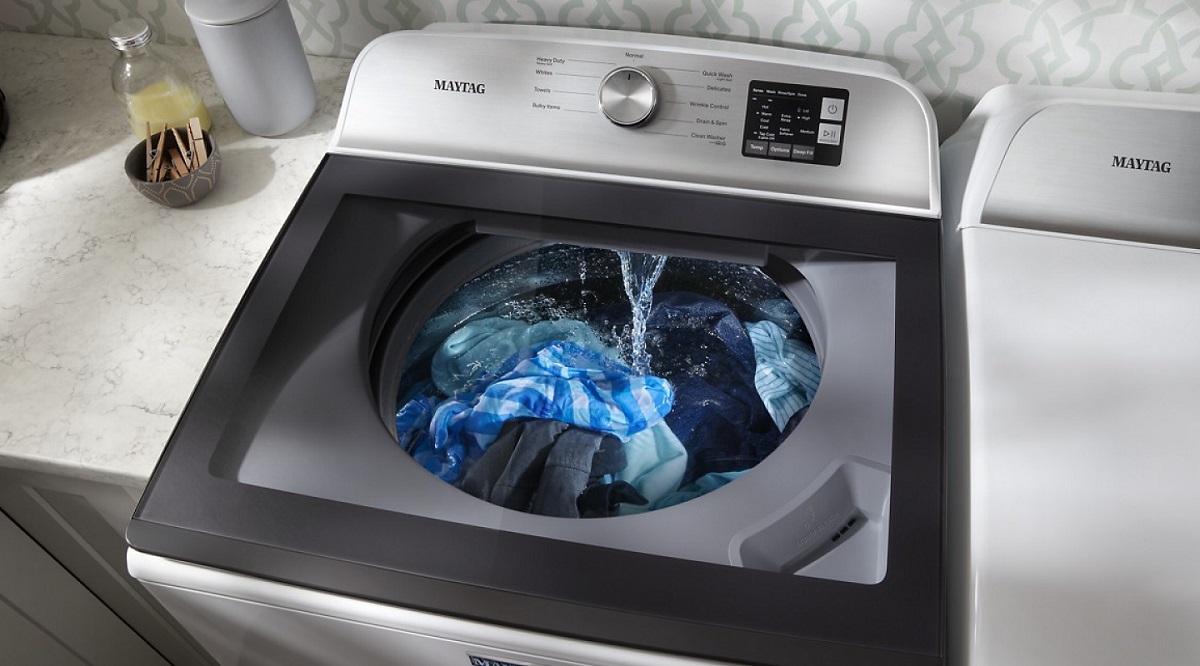
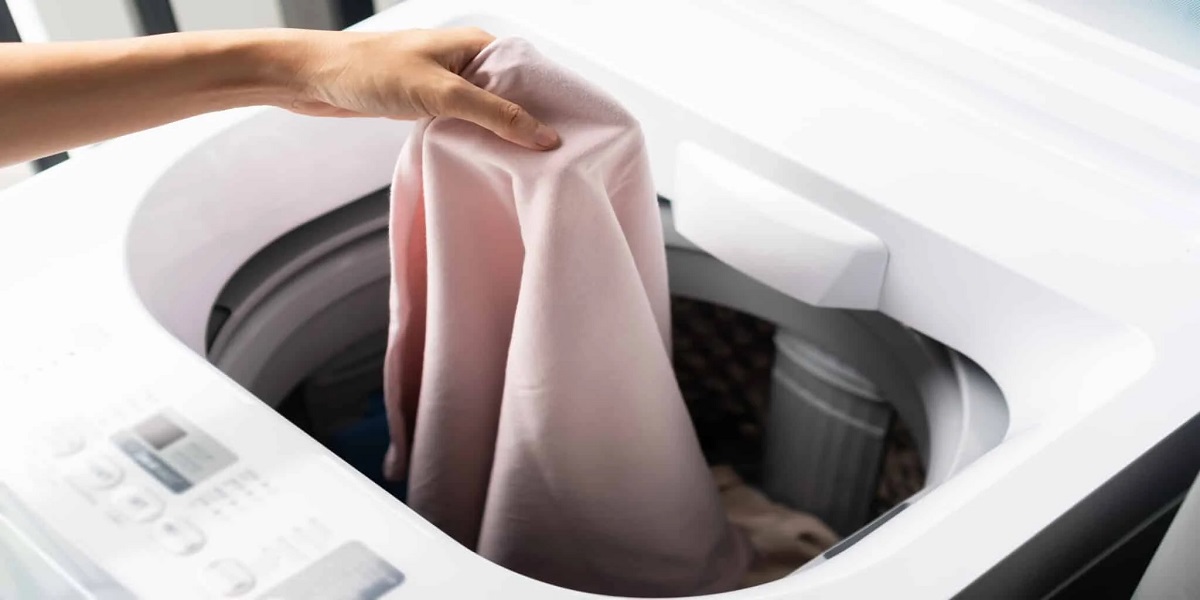
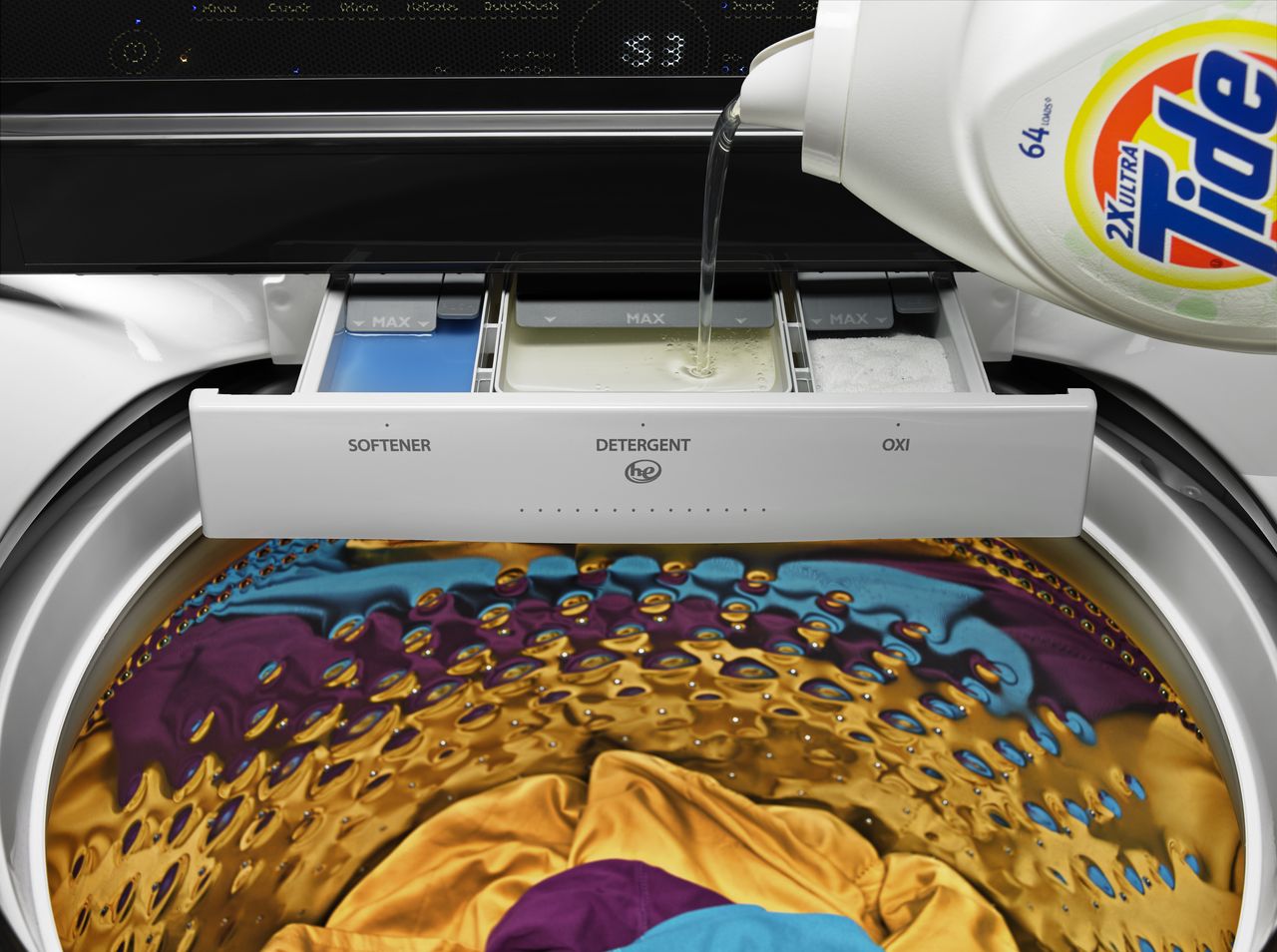
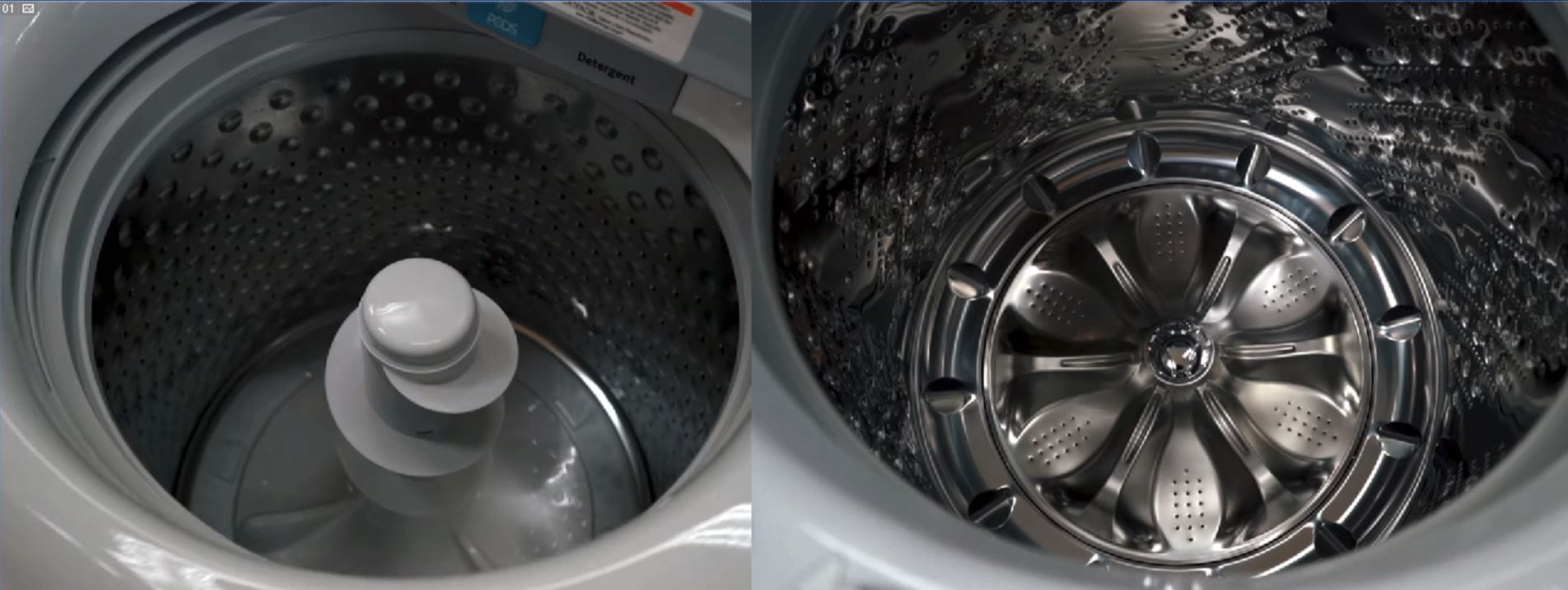
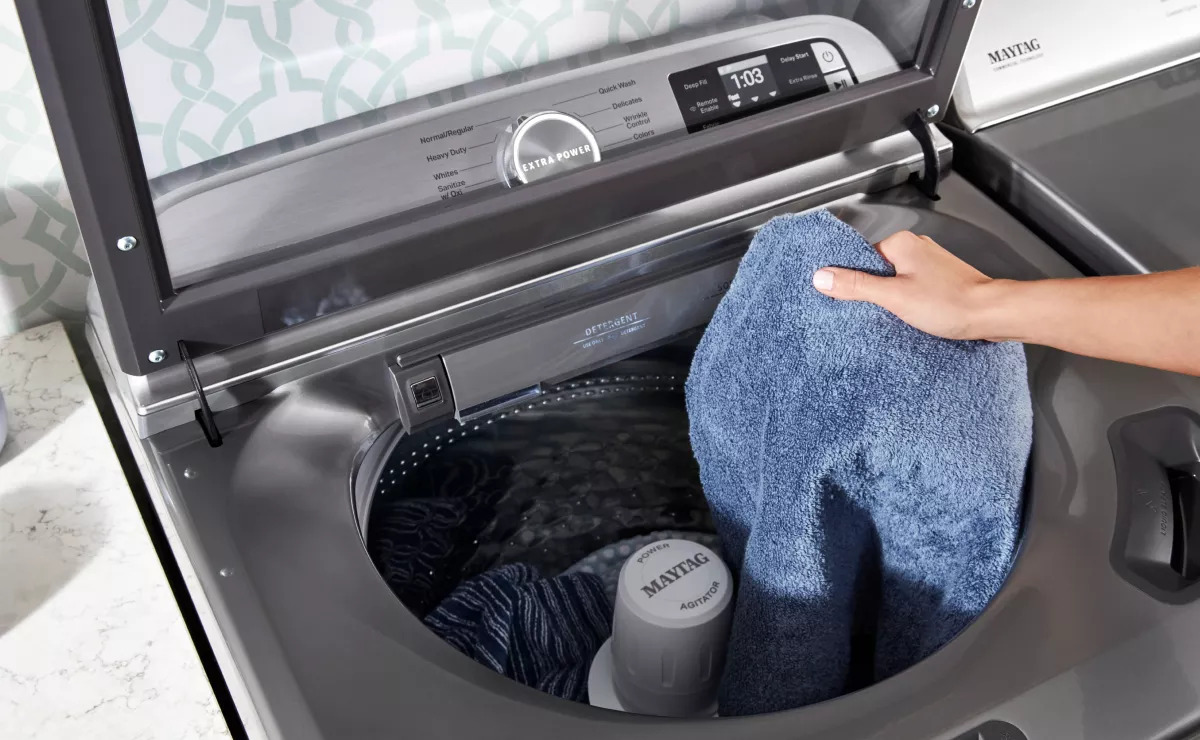
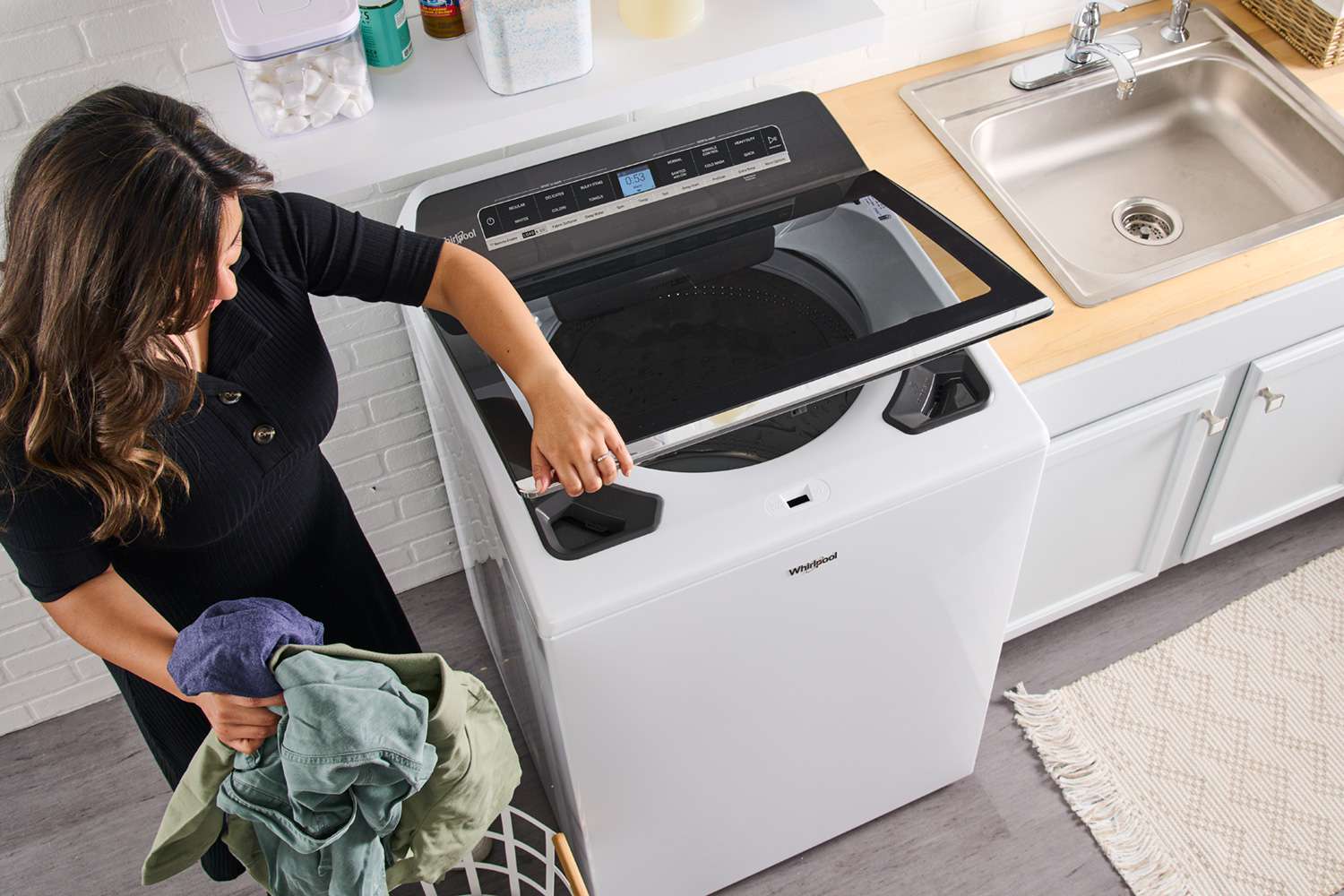
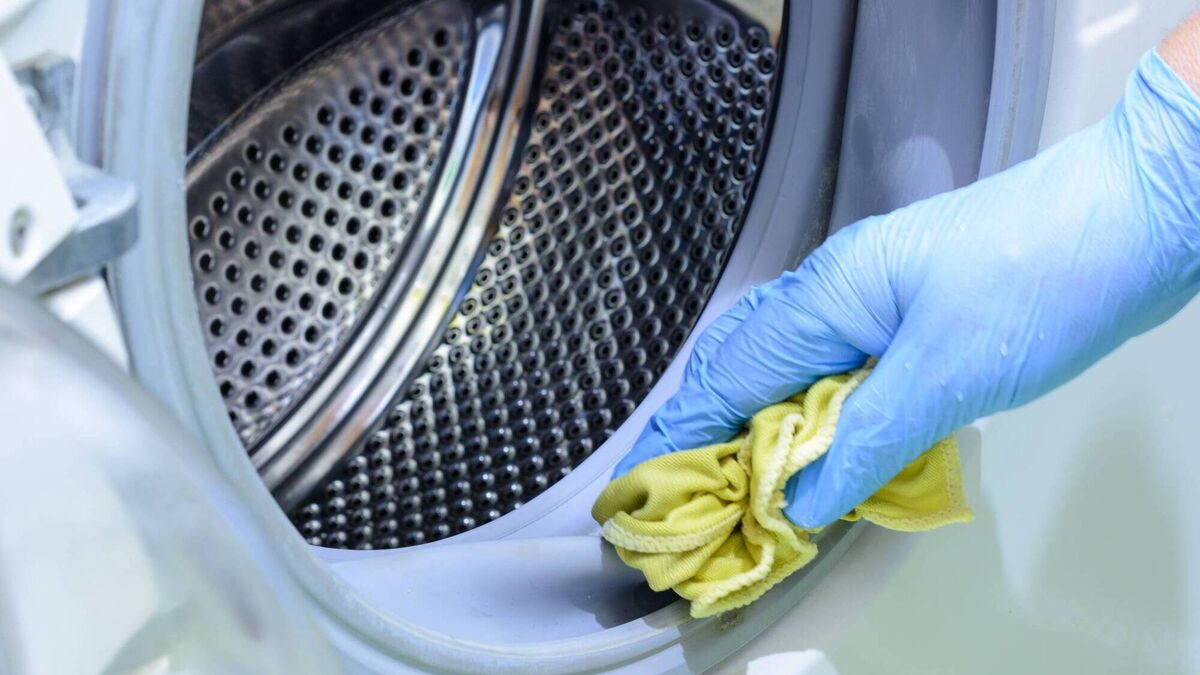
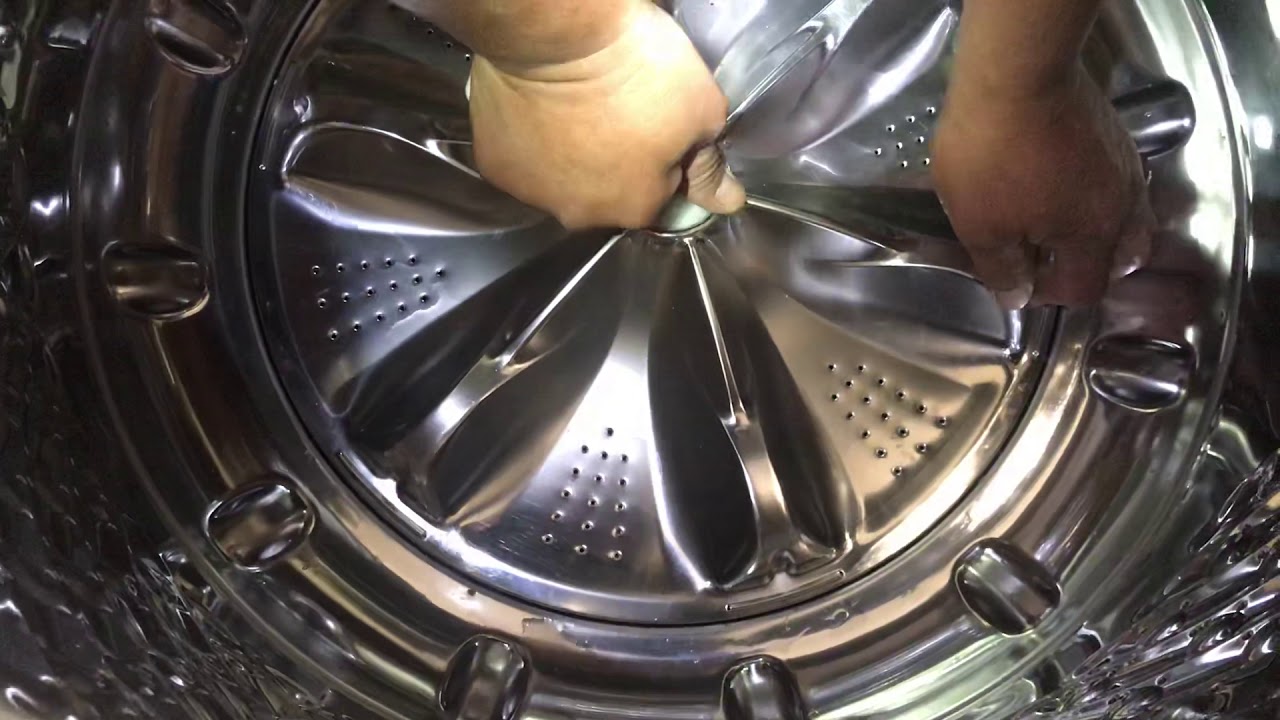
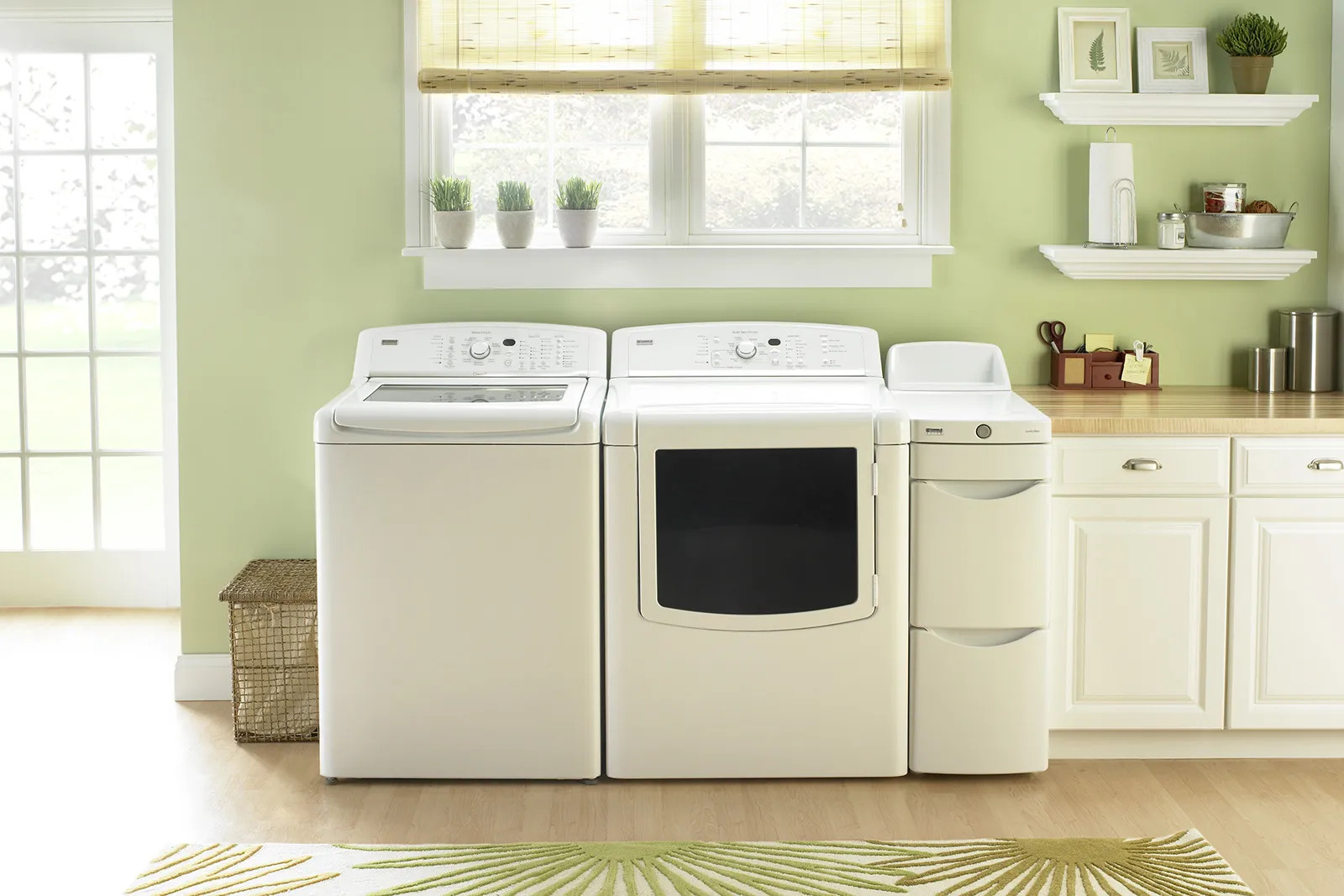
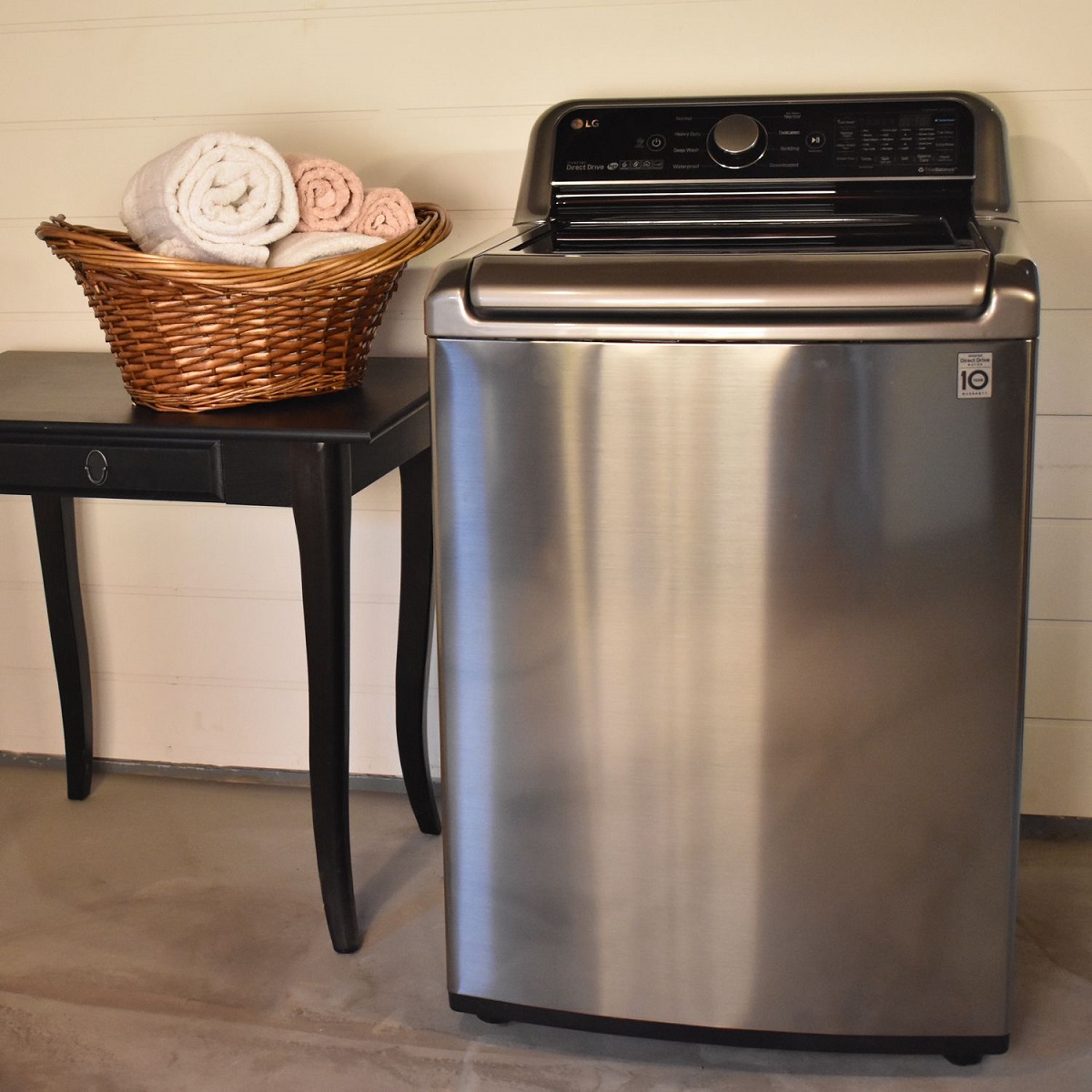
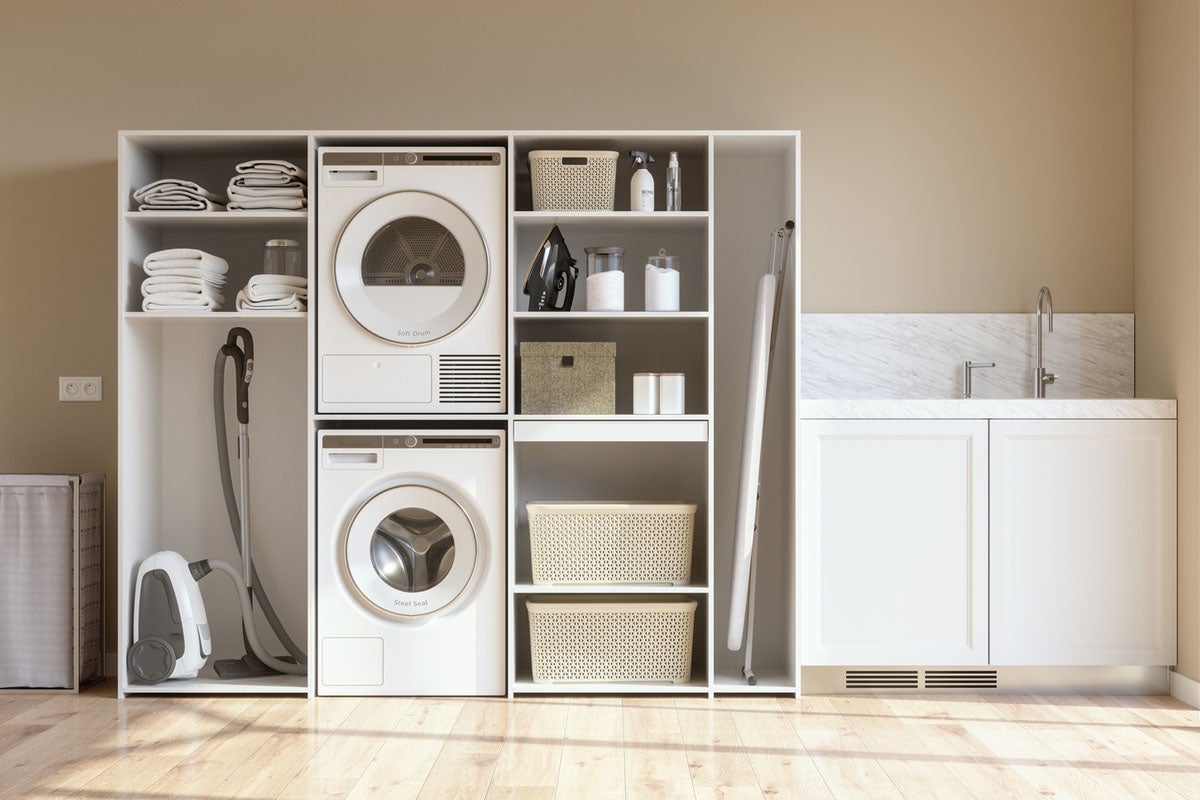
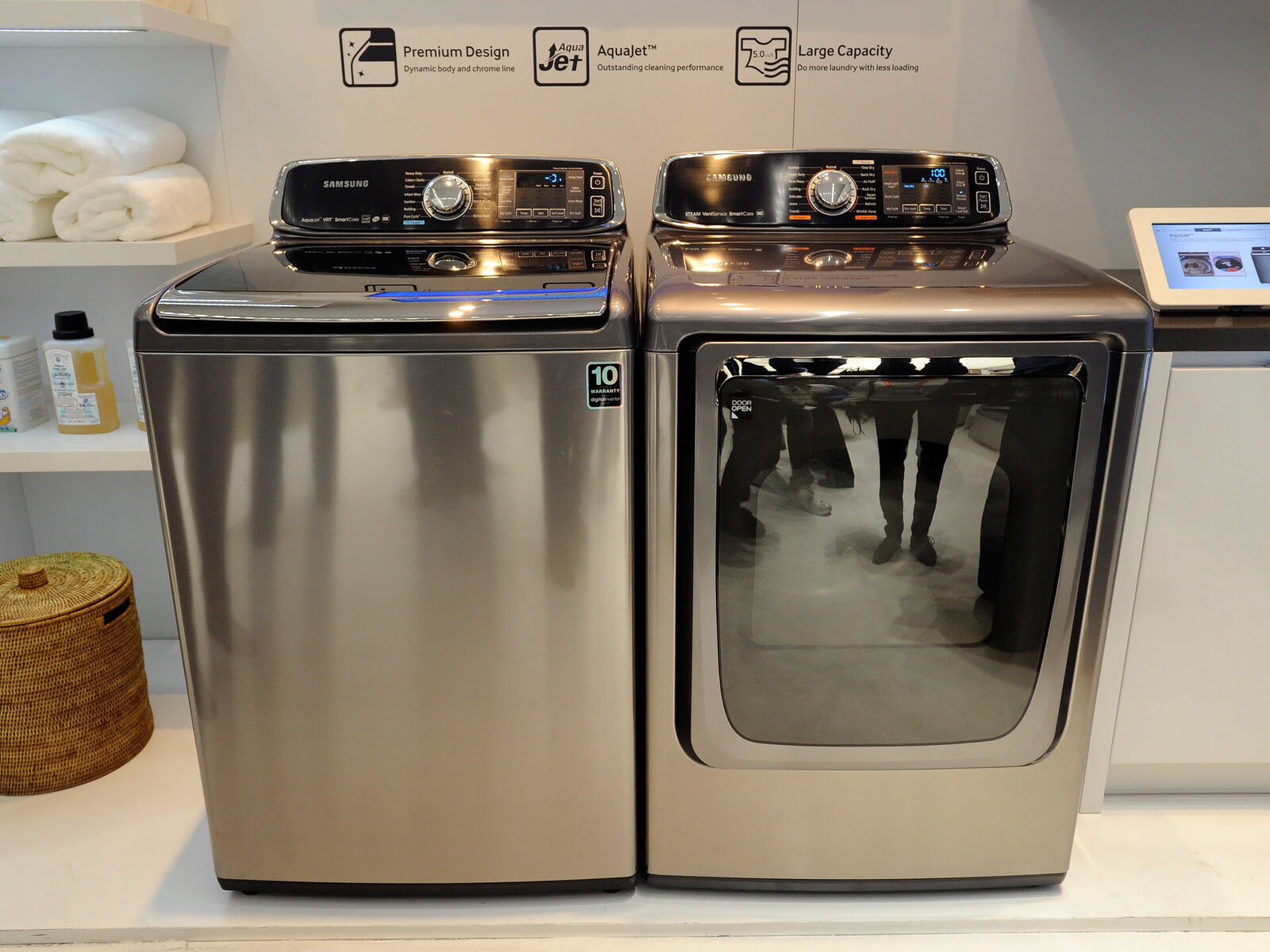
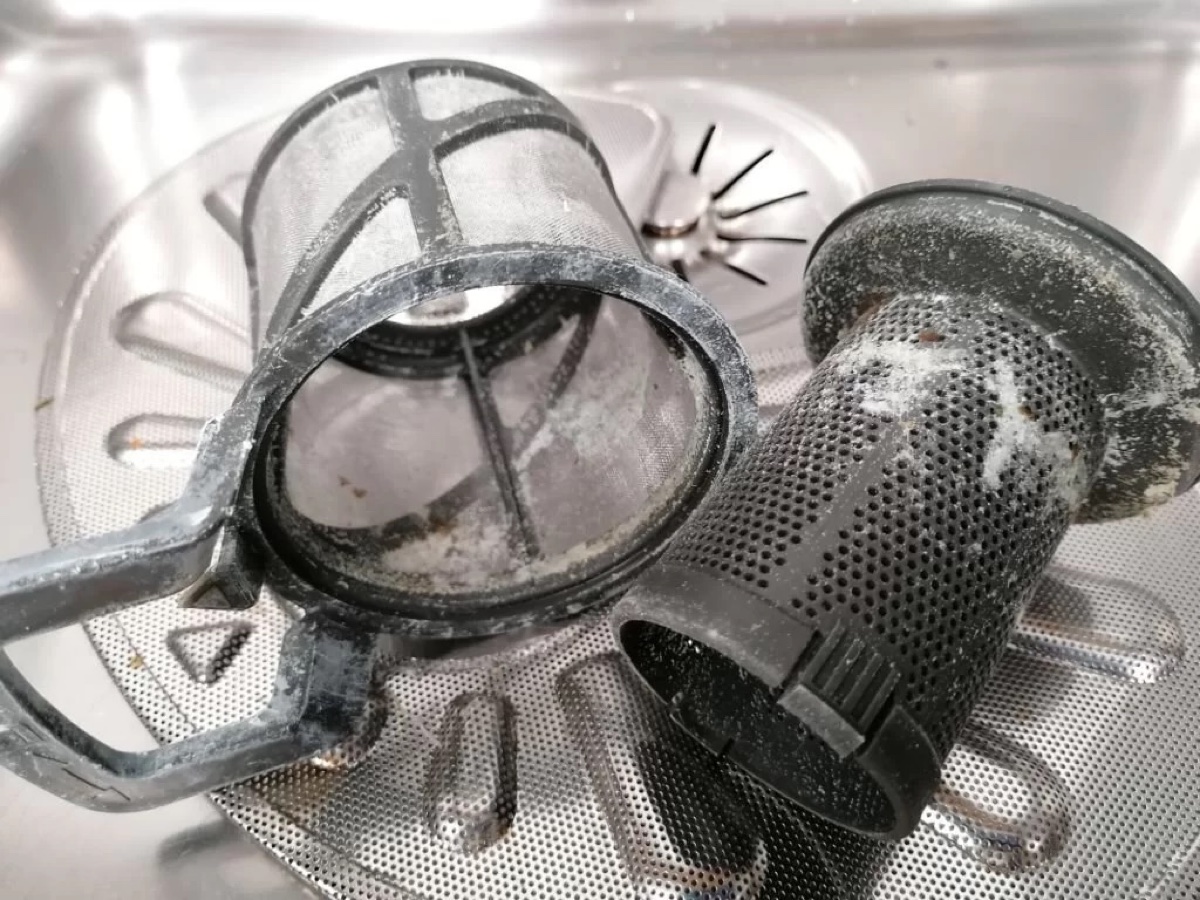

0 thoughts on “Which Is Better Top Or Front Load Washer”